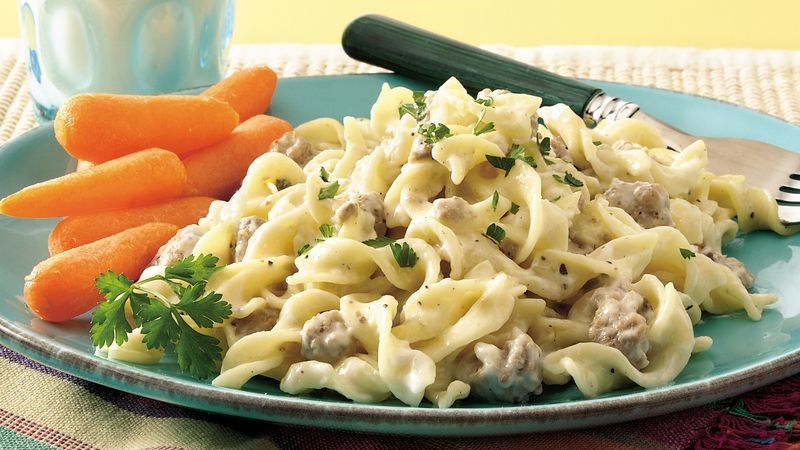Avoiding Holiday Weight Gain
Avoiding holiday weight gain may sound as feasible as Santa fitting down billions of chimneys on Christmas Eve, but we promise there are logical strategies to stay on track. Many of us experience weight gain during the festive winter months, but packing on a few pounds in December is far from inevitable.
Don’t get us wrong: The holiday season is all about celebrating, togetherness, and indulging—in moderation. So pass the eggnog and let’s tackle navigating holiday food spreads, hectic schedules, and sidelined gym routines.
Tips for Eating and Drinking
Eat before drinking and celebrating.
Skipping breakfast or lunch in order to “save your appetite” probably isn’t the best weight-maintenance tactic. While the jury’s still out on how important breakfast truly is, not eating until the afternoon may lead to binging later on (read: four slices of pumpkin pie). Our advice? Stick to a reasonably sized breakfast with plenty of protein, which will keep you fuller longer and temper the urge to stuff your face later.
Pick protein.
Like we just mentioned, protein can help maintain a healthy weight because high-protein diets are associated with greater satiety (bonus benefit: It’s important for healthy muscle growth). Make sure to serve up some turkey, roasted chicken, or prepare animal-free alternatives like quinoa, lentils, or beans.
Eat and chew slowly.
Eating slowly may not be easy when appetizer options are endless, but it pays off to pace yourself. The quicker we eat, the less time the body has to register fullness. So slow down and take a second to savor each bite of baked brie or scoop of spiced nuts.
Serve meals restaurant-style.
When you sit down for the main event, leave food in the kitchen (away from reach) rather than display a basket full of piping hot rolls, multiple casseroles, and an entire turkey directly on the table. When you’ve cleaned your plate, take a breather, and then decide if you really want seconds. Changing up the environment—in this case, by leaving food near the stove—can help reduce overall food intake.
Fill up on fiber.
Snacking on vegetables and other high-fiber items like legumes can help keep us fuller, longer (though there’s always space for dessert). Give the vegetable platter a second chance with a healthy, tasty dip.
Use smaller plates.
Plate sizes have expanded significantly over the years. Whenever possible, choose the smaller salad plate (8-10 inches) instead of a tray-like one (12 inches or more). Using smaller plates can actually make us feel fuller with less food. The brain associates a big white space on the plate with less food (and smaller plates generally require smaller portions).
Ditch added sugar.
Holiday cookies, cakes, and pies are nothing short of tempting, but all that added sugar may increase the risk for cardiovascular disease and obesity. Stick to sugar that comes in its natural form (fruits, veggies, and whole grains) and try small tastes of the desserts you’re truly craving rather than loading up a full plate of bland cookies.
Sneak in the veggies.
Munching on vegetables has long been recognized as a way to protect against obesity. Mix puréed veggies (like pumpkin) into baked goods or casseroles, or sneak them into pasta or potato dishes. Adding veggies increases fiber, which helps make us fuller.
Just say no.
Though your relatives may encourage overeating by shoving seconds onto a cleaned plate, it’s OK to respectfully decline. “I’m full” or “I’m taking a break” should be enough for friends and family members to back off (and give you time to decide if you’d really like more).
Wait before grabbing seconds.
Like we’ve mentioned, the quicker we eat a meal, the less time we give our bodies to register fullness. Since it takes about 20 minutes for the brain to get the message that dinner’s been served, it’s best to go for a walk or chat with friends before dishing up seconds.
Take it easy on the white stuff.
Simple carbs are often the white stuff—white bread and refined sugars (like those in soda and candy). These foods provide energy, but often lack the same nutrients as complex carbohydrates (which are found in starchy foods, such as legumes, potatos, corn, and whole grains). While some simple carbs can be good for us (a.k.a the kind found in fruit and low fat dairy products), in general, the body breaks down simple carbs more quickly than the complex kind, which creates a spike in blood sugar (insulin) that can leave us feeling hungrier, faster. Stick to whole grains (whole-grain bread, brown rice, or quinoa) and stay full on healthy proteins (like we mentioned previously).
Invest in some toss-away tupperware.
Before guests leave you with half-full platters of food, have some Tupperware at the ready. Load up containers for friends and family to hand out as they leave. Bonus points for getting containers that are holiday-themed or for adding a festive bow to your parting gift.
Turn your back on temptation.
The closer we are situated to food that’s in our line of vision, the more we’ll actually consume. A simple fix? Face away from the dessert spread to listen to cues from your gut rather than your eyes.
Beware of booze.
Not only does alcohol add unnecessary calories to your diet, but getting boozy has another effect on us, too. Drinking too much in the presence of champagne, eggnog, wine, and beer can make us lose our inhibitions around food and start eating irresponsibly. Take it easy with the bubbly before you start saying things like, “Eh, what’s one more cookie?”
Choose tall and thin.
When you’ve got a hankering for some seasonal eggnog, reach for a tall, thin glass, not a short squatty one. Research shows people pour less liquid into tall glasses than into their vertically challenged counterparts. With a taller glass, you’re likely to down less in one sitting (which is especially helpful when drinking booze).
Gulp H2O
Drinking water helps people feel full, and as a result consume fewer calories. Rather than guzzling calorie- and sugar-laden sodas and juices (which are associated with increased body fat and blood pressure) treat yourself to a glass of wine with dinner and keep your allegiance to water for the rest of the day.

Healthy Transformations

| Ingredients | |
| • | 1 tsp parmesan cheese |
| • | 2 oz turkey, lean ground |
| • | ¾ cup pasta, uncooked |
| • | ½ cup mushrooms |
| • | 2 tsp soy sauce, lite |
| • | 3 Tbls yogurt, nonfat-plain |
| • | ¼ cup onion |
| • | ½ tsp oil, high oleic safflower |
Spices / Flavoring |
|
| • | ¼ tsp black pepper |
Preparation:
Boil pasta until al dente. Drain water from pasta and set side.
Sauté diced vegetables and turkey in oil until turkey is cooked through and vegetables are tender.
Remove from heat and blend in soy sauce, yogurt, and pepper. Serve over pasta and sprinkle with parmesan cheese. Enjoy
Per serving: 342 calories, 28g protein, 10g total fat, 35g carbohydrates.
Source: Healthy Transformations Recipes









